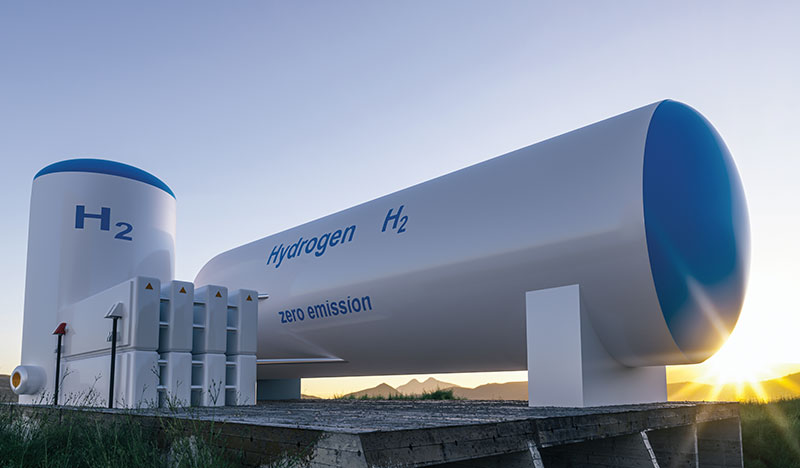
Eco-Friendly Power Installations: Sustainable Energy Solutions
As the world pivots towards sustainable practices, the focus on eco-friendly power installations becomes paramount. This article explores the various facets of sustainable power installations, shedding light on the technologies, benefits, and the transformative impact they have on shaping a greener and more sustainable future.
The Rise of Sustainable Power Installations
Sustainable power installations mark a significant shift in the energy landscape. The growing awareness of environmental concerns and the need for carbon footprint reduction has led to an increased emphasis on adopting renewable and eco-friendly energy sources. Solar, wind, hydro, and other sustainable technologies are at the forefront of this revolution.
Harnessing Solar Energy: Photovoltaic Installations
Solar power installations, particularly photovoltaic (PV) systems, play a pivotal role in sustainable energy solutions. These installations convert sunlight into electricity, providing a clean and renewable source of power. With advancements in solar technology, efficiency has increased, and the cost of solar installations has become more competitive, making them an attractive option for both residential and commercial applications.
Capturing the Wind: Wind Turbine Installations
Wind turbine installations harness the power of the wind to generate electricity. As the wind turns the blades of the turbine, mechanical energy is converted into electrical energy. Wind power installations are increasingly common in regions with consistent wind patterns, contributing significantly to the diversification of the energy mix and reducing reliance on traditional fossil fuels.
Hydropower Installations: Tapping into Water Resources
Hydropower installations utilize the kinetic energy of flowing water to generate electricity. Whether through dams, run-of-river systems, or tidal installations, hydropower is a versatile and reliable source of sustainable energy. Hydropower installations often have the added benefit of providing water management and flood control.
Geothermal Energy: Tapping into Earth’s Heat
Geothermal power installations harness the Earth’s internal heat to produce steam, which is then used to generate electricity. Geothermal energy is a constant and reliable source that produces minimal emissions. Geothermal power installations are often located in regions with active geothermal resources, providing a consistent and sustainable energy solution.
Benefits of Sustainable Power Installations
The adoption of sustainable power installations brings forth a multitude of benefits. Firstly, these installations contribute to the reduction of greenhouse gas emissions, mitigating the impact of climate change. Secondly, they provide energy independence, reducing reliance on finite and non-renewable resources. Additionally, sustainable power installations contribute to job creation and foster innovation in the renewable energy sector.
Economic Viability and Long-Term Savings
While the initial investment in sustainable power installations can be significant, the long-term economic viability is a compelling factor. Solar panels, wind turbines, and other installations often have a lifespan of several decades, providing a consistent and cost-effective source of energy over time. The decreasing costs of renewable technologies further enhance their economic attractiveness.
Grid Resilience and Decentralization
Sustainable power installations contribute to the resilience and decentralization of energy grids. Distributed generation through solar panels on rooftops, wind turbines in communities, and decentralized hydropower installations reduces the vulnerability of the energy infrastructure to central failures. This decentralized model enhances energy security and reliability.
Technological Advancements Driving Innovation
Technological advancements play a pivotal role in driving innovation in sustainable power installations. Improved efficiency, enhanced storage solutions, and smart grid technologies are transforming the way we harness and utilize renewable energy. These innovations contribute to the scalability and integration of sustainable power installations into mainstream energy systems.
Challenges and Future Outlook
Despite the positive strides, challenges exist in the widespread adoption of sustainable power installations. These challenges include intermittency issues with certain renewable sources, the need for energy storage solutions, and the initial capital costs. However, ongoing research, policy support, and public awareness are expected to address these challenges and pave the way for a more sustainable energy future.
In conclusion, sustainable power installations represent a crucial step towards a greener and more sustainable energy landscape. By harnessing the power of the sun, wind, water, and Earth, these installations contribute to environmental preservation, energy security, and economic viability. For more insights on sustainable power installations, you can visit Sustainable Power Installations.

